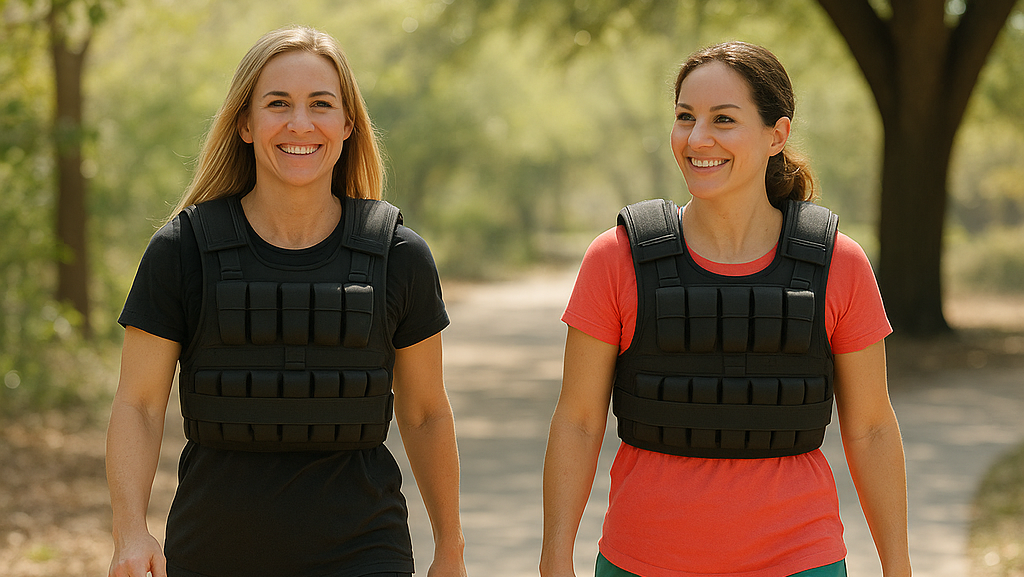Are weighted vests really worth the hype?
If you’re a woman navigating perimenopause or menopause, the answer is yes—when used wisely. Today, I’m breaking down the latest research on weighted vest benefits for perimenopausal women, key action steps, and offering a free resource you can download to put it into practice.
Why Weighted Vests Matter During Perimenopause
The hormonal changes experienced by women during perimenopause are mostly due to declining estrogen levels. Women’s ovaries make estrogen, which plays a vital role in maintaining the reproductive system. As estrogen decreases, progesterone is affected negatively as well. Hormone levels often fluctuate during perimenopause. These hormone fluctuations cause hot flashes, moodiness and changes.
During perimenopause, the natural decline in estrogen can impact:
-
Bone density
-
Muscle mass
-
Metabolism
-
Recovery and resilience
Using a weighted vest 2–3 times per week can help counteract these changes naturally, if done in a safe manner.
Science-Backed Benefits:
When it comes to protecting your body during perimenopause, strength training is essential—and weighted vests offer a unique and accessible way to level up your results. Research continues to show that adding external load during movement can create lasting changes in bone density, muscle mass, and balance—three key areas that naturally decline with age and hormonal shifts.
-
Bone Health: A five-year study found women who added load-bearing exercise maintained hip bone density, while those who didn’t lost up to 4%.
-
Muscle Preservation: Additional resistance protects lean muscle mass, supporting metabolism.
-
Balance and Fall Prevention: Weighted exercise improved strength by 16–33%, reducing fall risk in midlife women.
Sources: Frontiers in Endocrinology, PubMed, Osteoboost Research
Important Weighted Vest guidelines:
-
Start with 5–10% of your body weight.
-
Wear it for 20–45 minutes per session.
-
Prioritize form over intensity.
-
Recover fully between sessions.
Watch Out for Cortisol Overload
While weighted vests are safe for most women, overusing them can elevate cortisol, especially during the stress-sensitive perimenopausal years.
Signs your cortisol is too high:
-
Poor sleep
-
Belly fat gain
-
Low recovery between workouts
-
Increased cravings or mood swings
That’s why smart use—and built-in recovery—is essential.
Get the Free Weighted Vest Protocol
To help you use your weighted vest the right way, I created a FREE resource for you:
✅ What You’ll Get Inside Weighted Vest Protocol:
- How to safely use a weighted vest without spiking cortisol
- Science-backed recommendations for perimenopausal and menopausal women
- Exact frequency and duration guidelines based on your current workout style
- The best types of workouts to pair with your vest (and which to avoid)
- Smart tips for recovery, hormone support, and injury prevention
- Common mistakes to avoid when using a weighted vest
- Clear action steps to build strength, preserve muscle, and protect your bones
Because building strength during perimenopause isn’t about doing more—it’s about doing what matters most.

